This article was written by Jennifer Mueller, JD. Jennifer Mueller is an in-house legal expert at wikiHow. Jennifer reviews, fact-checks, and evaluates wikiHow's legal content to ensure thoroughness and accuracy. She received her JD from Indiana University Maurer School of Law in 2006.
This article has been viewed 104,951 times.
If you're applying for a visa, you may be asked by the immigration agency to submit a certified copy of your passport.[1] Other organizations, such as banks or lenders, may also ask for certified copies to keep on file as verification of your identity.[2] The process of getting a certified copy of your passport is typically fairly simple and straightforward and shouldn't require too much time, money, or effort on your part.
Steps
Making Your Copy
-
1Determine if you can make the copy of your passport yourself. Most organizations don't have a problem with you making the copy, as long as you have someone to compare it to the original document and certify it as a true copy. However, some may prefer that a government agency, or the person certifying the copy, make the copy for you.[3]
- In some countries, such as Canada, a certified true copy must be made in the passport office or a government office abroad.[4] If your country requires this, your copy may not technically be considered a certified true copy if you don't follow that method – even if the requesting organization says you can make your own copy.
-
2Find out what parts of the document need to be copied. Most organizations want the identification page of your passport that includes your photo and other identity information. Pages with stamps or visas typically don't need to be copied. However, the organization requesting the copy can tell you for sure.[5]
- Some organizations require the certified true copy to include your signature to show that you signed your passport. If you haven't signed your passport, you may need to order a new passport, sign it, then order your certified true copy.[6]
Advertisement -
3Scan your passport to create a color digital copy. Typically, your copy should be in color – not in black and white. This ensures that any watermarks or other images are clearly displayed. You may be able to use a computer and scanner for free in a public library, or you can go to a local commercial copying store and pay a small fee.[7]
- Make sure the file is of a large enough size and resolution that everything on the copy is legible. You may have to make it larger than your actual travel document.
- If you scan the image at a facility that doesn't have printers available, you'll need to save it so you can print it later. The easiest way to do this is to email a copy of the image to yourself.
-
4Print your scanned image in color on quality paper. A photo printer typically will achieve the best results. Make sure the printer has plenty of ink and is able to reproduce the colors correctly.[8]
- While you don't necessarily need to use photo paper, the paper should be of quality stock. Otherwise, it may not be able to hold the quantity of ink necessary to produce a quality image. Avoid standard copy paper, which will be too thin to produce a good image.
- If you use photo paper, make sure the person who certifies it will be able to write legibly on the paper. It may be difficult for them to write on glossy paper.
Tip: Use the "print preview" feature on your computer or electronic device to align the image so that there's space for the person who certifies the copy to write without covering up any information in the image itself.
Having Your Copy Certified
-
1Find out if the requesting organization has a required certification standard. Some organizations may want a specific type of person to certify your copy. They may also require specific information to be included in that person's certification.
- Typically, the person certifying your copy must write something to the effect of "Certified to be a true copy of the original seen by me," then sign and date underneath.
- The person certifying your copy may also need to include their printed name, occupation, and contact information.
- If your copy is certified by a notary public, they will also place their seal next to their signature on the document.
-
2Have a notary public or attorney certify your copy. Typically, you will need to get a notary public or attorney to certify the copy of your passport. You can find a notary public at a courthouse as well as at many banks. Notary publics charge a nominal fee for their services. An attorney may charge higher fees. Keep in mind that in some states, notaries public are not authorized to certify copies of government documents.[9]
- The notary public will affix their seal next to their signature. Make sure you have enough room on the copy so that the seal does not cover or distort the image.
Tip: Take your actual passport with you when you get your copy certified. The person certifying the copy will need to inspect your actual passport and compare it to the copy.
-
3Choose another professional to certify your copy if allowed. In some countries, particularly the UK and other Commonwealth countries, other professionals can also certify a copy of your passport. They must be someone who is well-respected in the community, with any professional licenses up-to-date and in good standing.[10]
- Other professionals that may be qualified to certify documents include bankers, accountants, religious ministers, teachers, and doctors.
- Do not ask a professional to certify the copy of your passport if they are related to you, in a relationship with you, or live at the same address as you.
- Keep in mind that in some states, notaries public are not authorized to certify copies of government documents.
-
4Apply to your government agency for a certified copy if required. Some countries, such as Canada, only allow immigration officials to certify copies of passports. The agency will have an application for you to complete and may charge you a fee. Typically, the certified copy will be mailed to you when it's done.[11]
- If you need expedited service, contact the passport agency and find out the time frame for certified copies. You may have to pay an additional fee to get your copy more quickly.
- If you need the copy sent directly to the requesting organization, let your passport agency know when you complete the application.
References
- ↑ https://www.immigration.govt.nz/knowledgebase/kb-question/kb-question-7058
- ↑ https://www.gov.uk/certifying-a-document
- ↑ https://knowmore.org.au/wp-content/uploads/2018/06/Getting-your-ID-certified.pdf
- ↑ https://www.canada.ca/en/immigration-refugees-citizenship/services/canadian-passports/certified-true-copies.html
- ↑ https://www.immigration.govt.nz/knowledgebase/kb-question/kb-question-7058
- ↑ https://www.canada.ca/en/immigration-refugees-citizenship/services/canadian-passports/certified-true-copies.html
- ↑ https://knowmore.org.au/wp-content/uploads/2018/06/Getting-your-ID-certified.pdf
- ↑ https://knowmore.org.au/wp-content/uploads/2018/06/Getting-your-ID-certified.pdf
- ↑ https://www.immigration.govt.nz/knowledgebase/kb-question/kb-question-7058
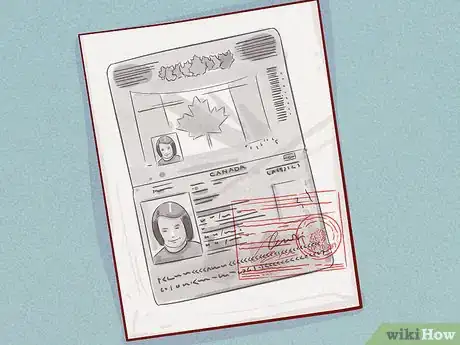
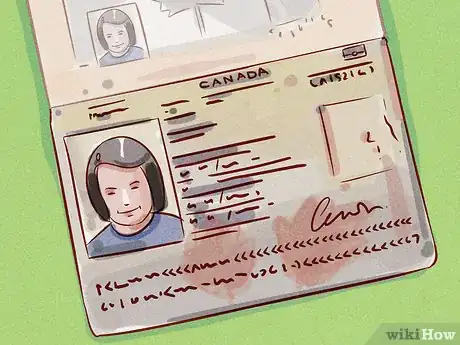
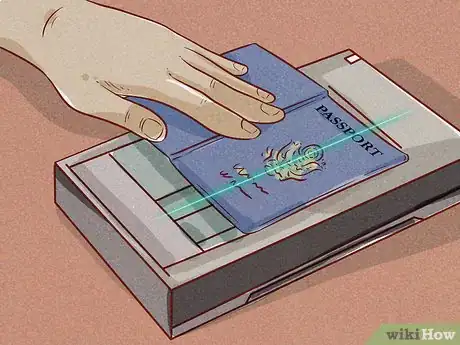
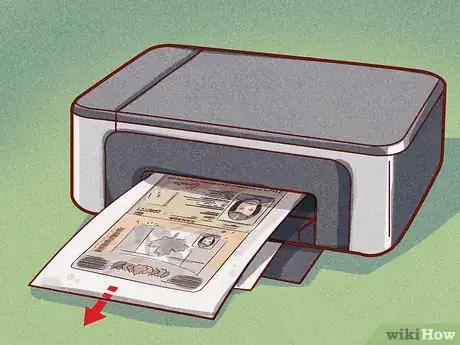
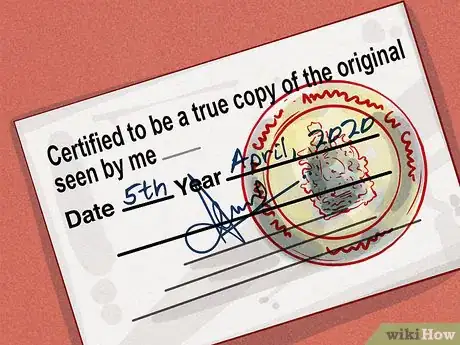
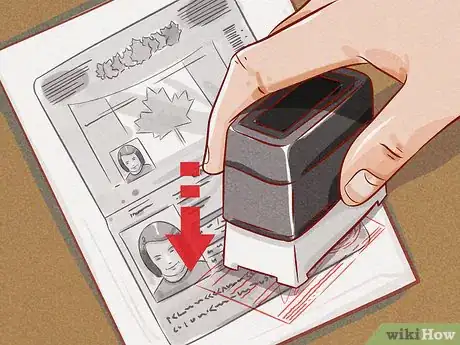
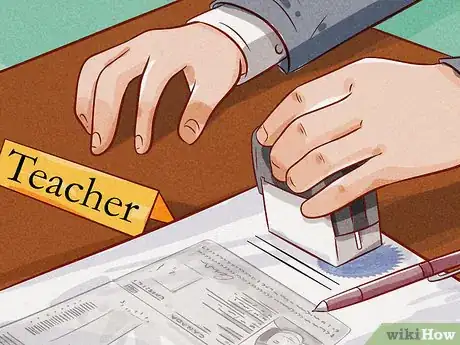
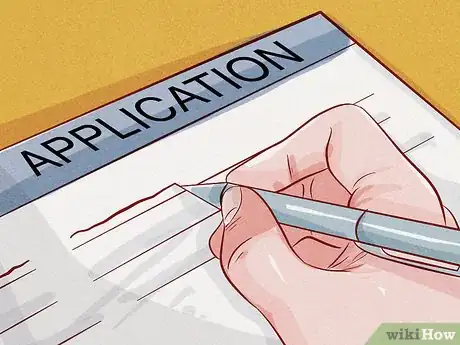


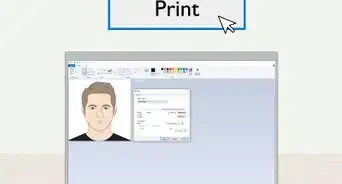


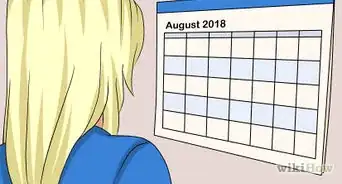

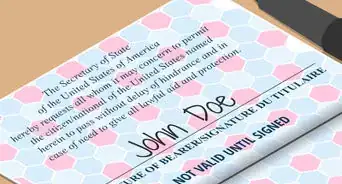
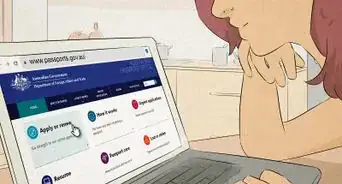

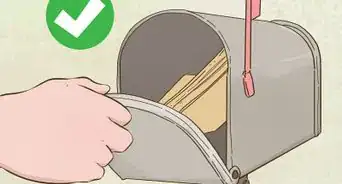
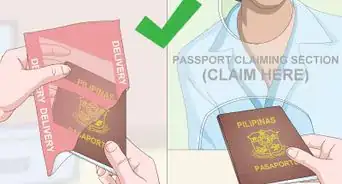








-Step-17-Version-2.webp)





































